ANIMALS
The Best Photos of British Wildlife in 2023 from the Annual Photography Awards
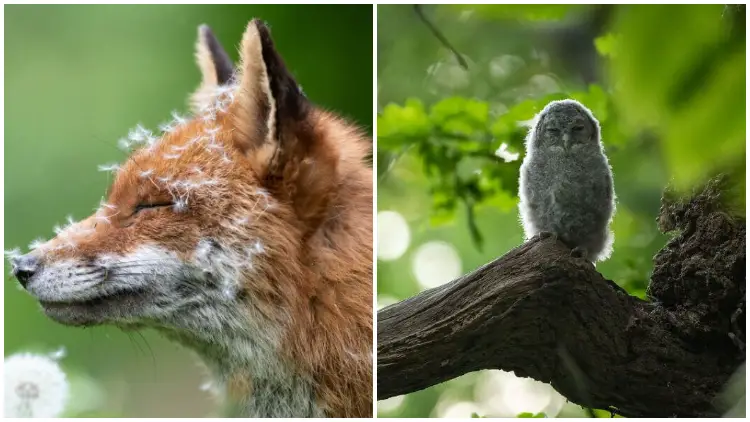
Nature photography allows us to connect intimately with the natural world, offering us rare glimpses into its wonders. Today, we invite you to explore the beauty of British wildlife captured by the winners of the 2023 British Wildlife Photography Awards. This prestigious competition showcases outstanding nature photography from across Britain, reminding us of the importance of protecting and appreciating our woodlands, wetlands, and other ecosystems.
This year, more than 13,000 photographs were submitted to the competition by amateur and professional photographers from all across the United Kingdom. In addition to the talented grand prize winner, Charlie Page, many other category winners and runner-ups beautifully capture the diverse wildlife found on the island. The adult photographers competed in ten categories, including Animal Behavior, Animal Portraits, Botanical Britain, Black and White, British Seasons, Coast and Marine, Habitat, Hidden Britain, Urban Wildlife, and Wild Woods. Young photographers also had the opportunity to showcase their skills in three age groups: 11 and under, 12-14 years, and 15-17 years.
Without any more delay, we would like to introduce you to the talented individuals who emerged as winners and runners-up in each category this year.
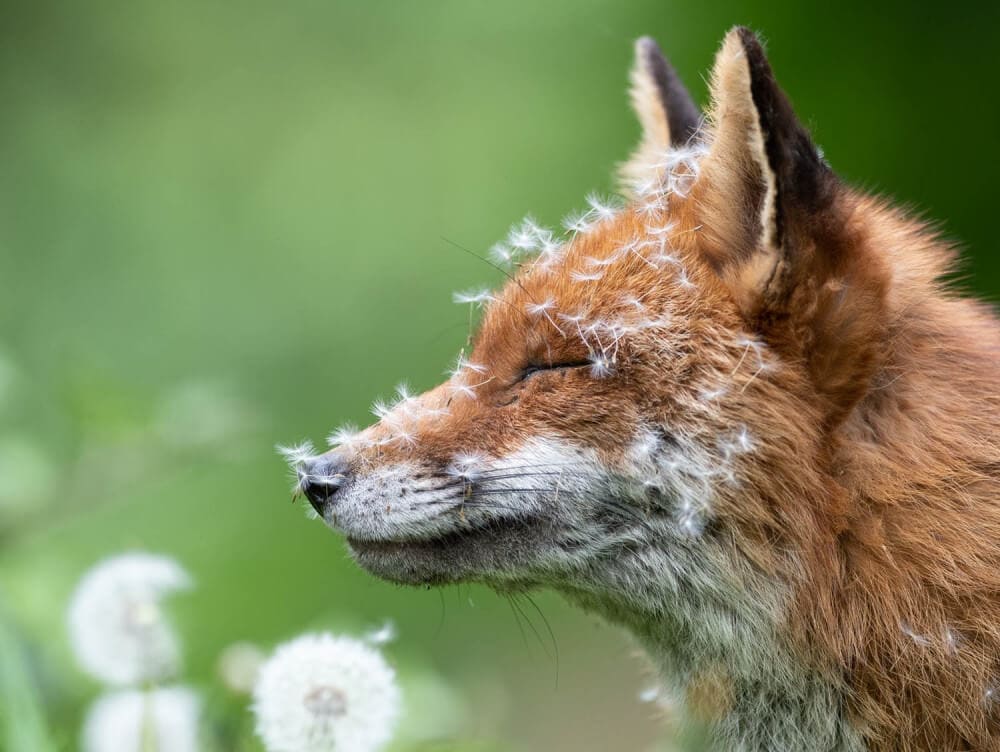 Image source: British Wildlife Photography Awards 2023
Image source: British Wildlife Photography Awards 2023
Animal Portraits: Winner – “Sleeping With Dandelions” By Lewis Newman
2.
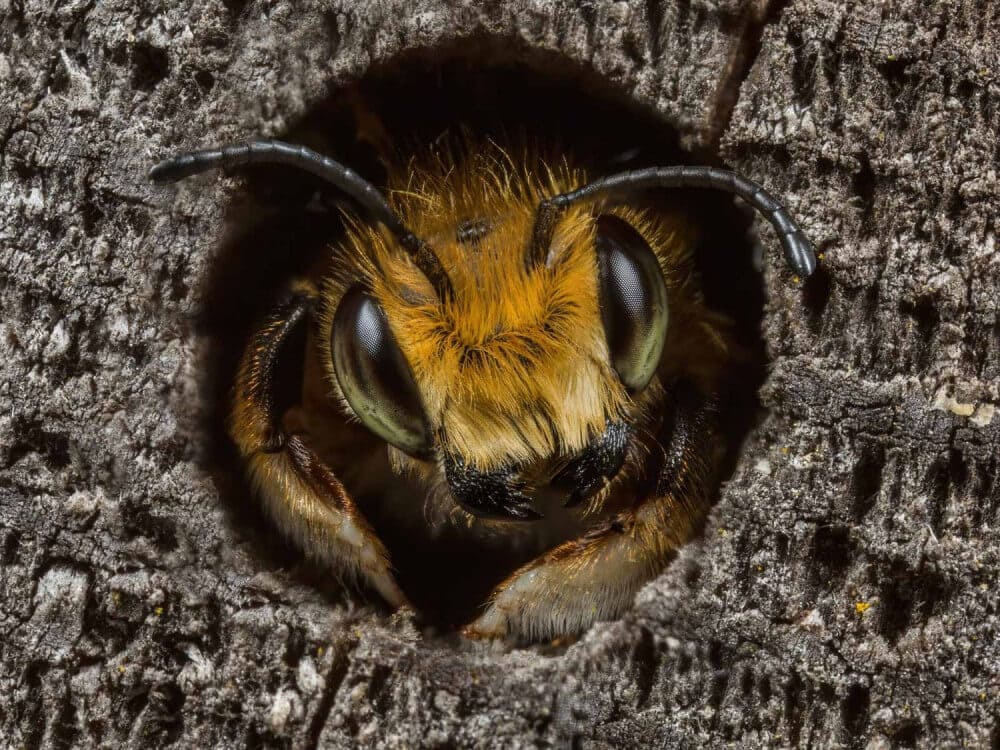 Image source: British Wildlife Photography Awards 2023
Image source: British Wildlife Photography Awards 2023
Animal Portraits: Runner-Up – “Willughby’s Leafcutter Bee” By Ed Phillips
3.
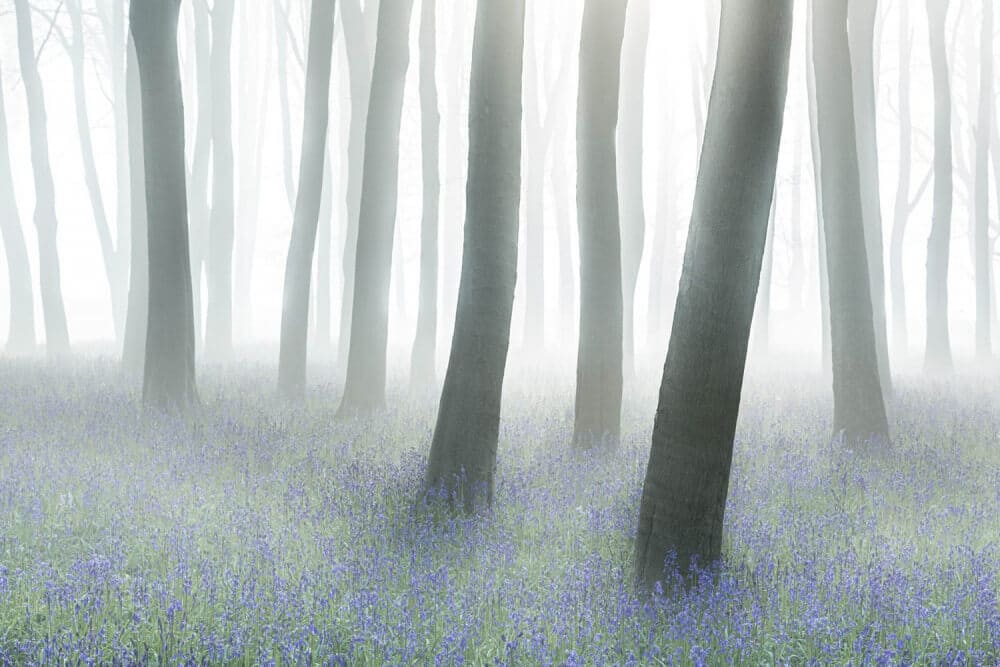 Image source: British Wildlife Photography Awards 2023
Image source: British Wildlife Photography Awards 2023
Wild Woods: Winner – “Mystical Forest” By Philip Selby
4.
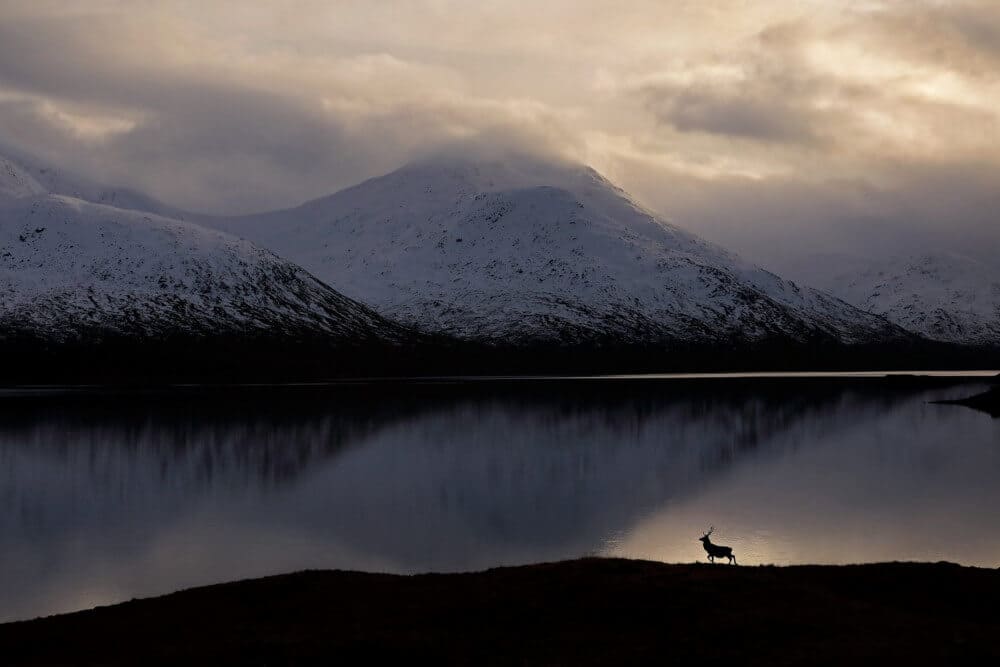 Image source: British Wildlife Photography Awards 2023
Image source: British Wildlife Photography Awards 2023
Habitat: Winner – “Stag By The Loch Side” By Neil Mcintyre
5.
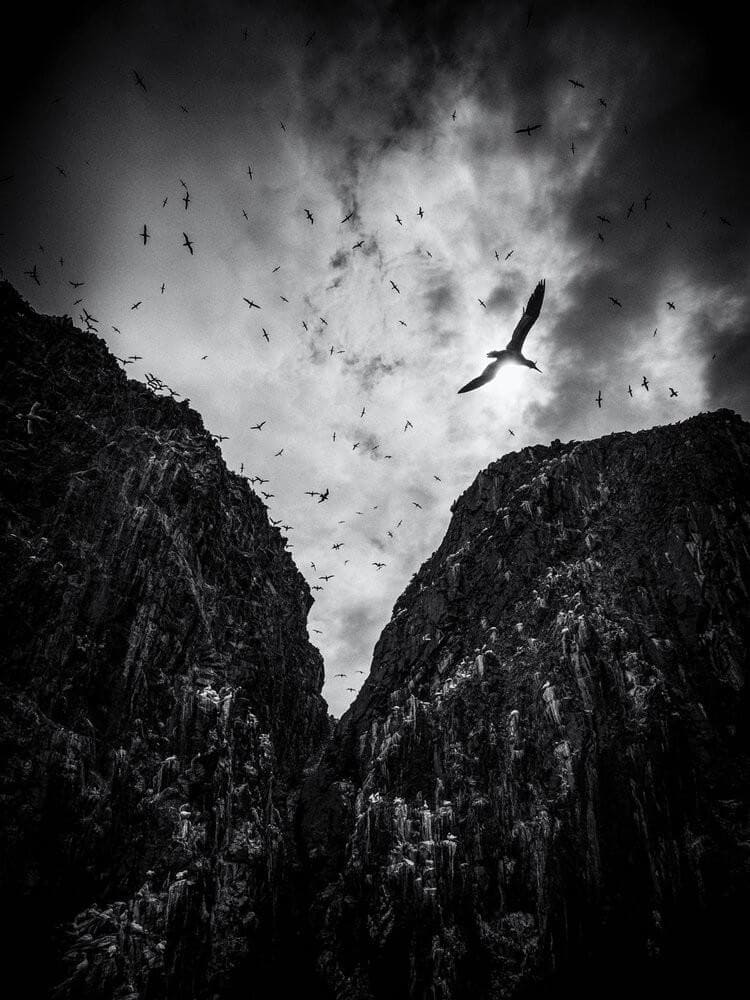 Image source: British Wildlife Photography Awards 2023
Image source: British Wildlife Photography Awards 2023
Black & White: Runner-Up – “Soaring” By Paula Cooper
6.
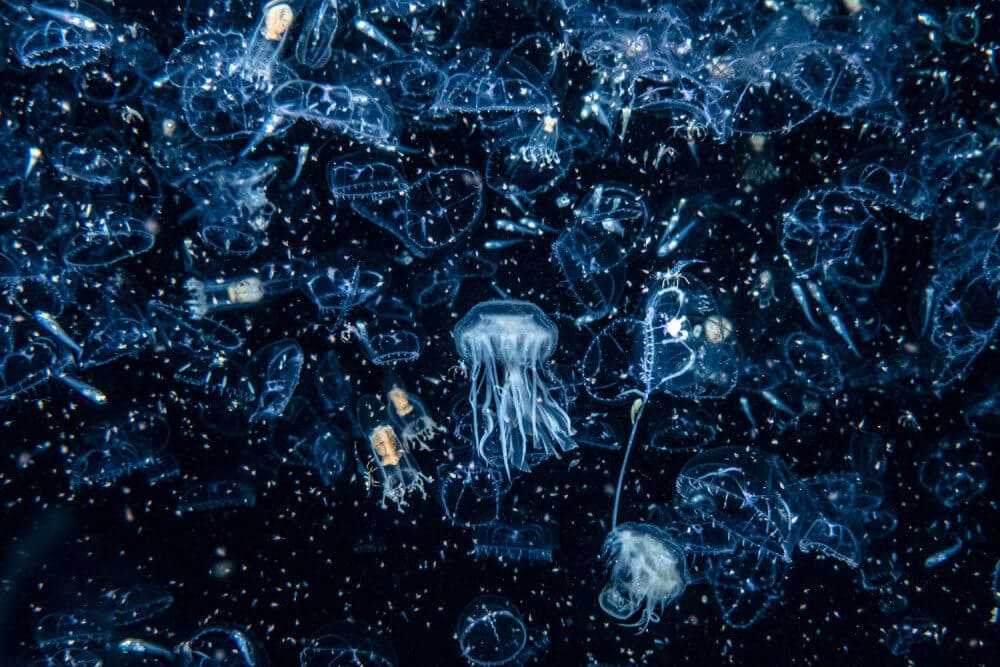 Image source: British Wildlife Photography Awards 2023
Image source: British Wildlife Photography Awards 2023
Coast & Marine: Winner – “Welcome To The Zoo(Plankton)” By Henley
7.
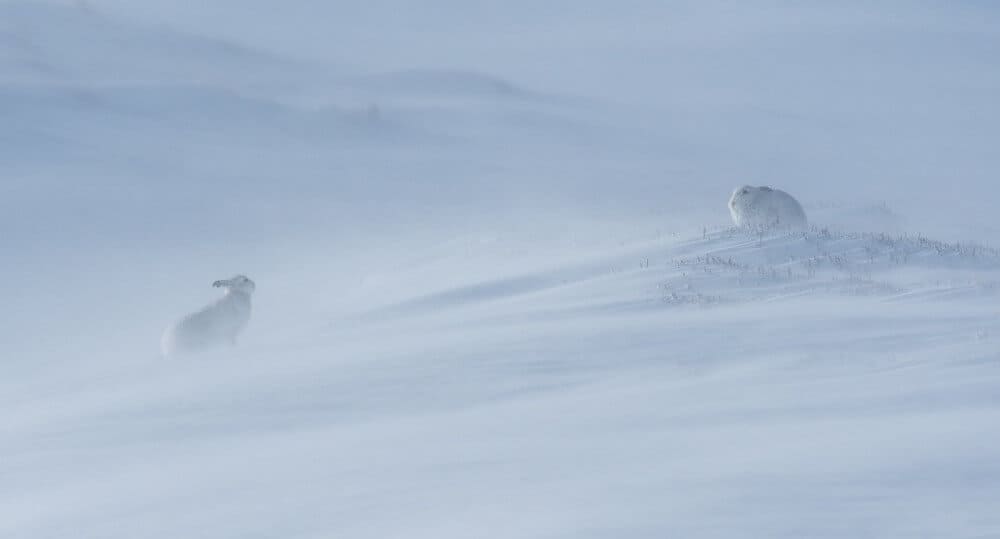 Image source: British Wildlife Photography Awards 2023
Image source: British Wildlife Photography Awards 2023
Habitat: Runner-Up – “Looking At You” By Peter Bartholomew
8.
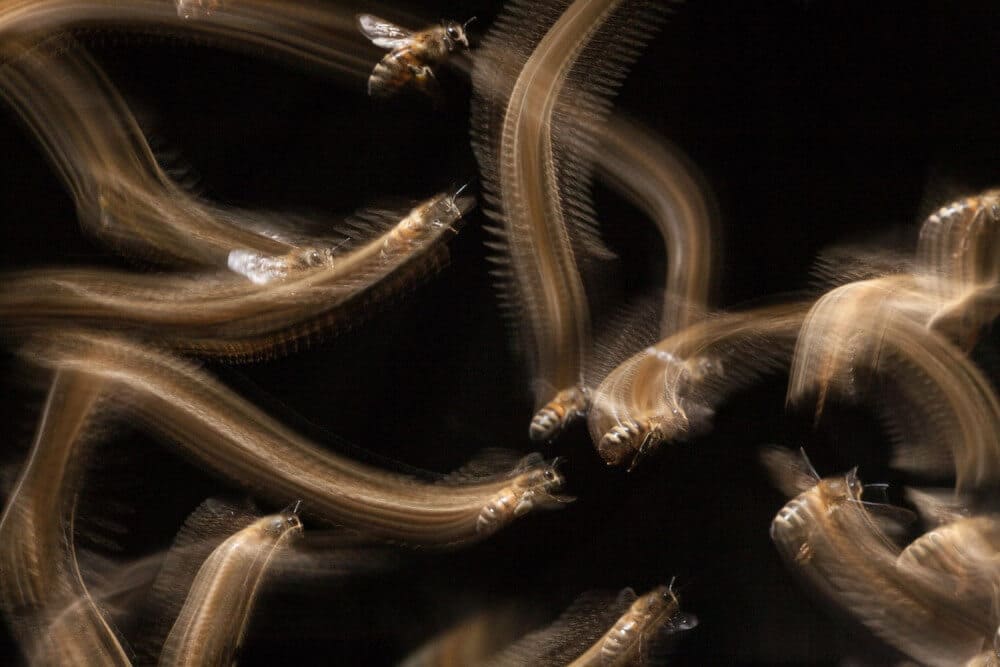 Image source: British Wildlife Photography Awards 2023
Image source: British Wildlife Photography Awards 2023
Hidden Britain: Winner – “Honey Bee Flight Trail” By John Waters
9.
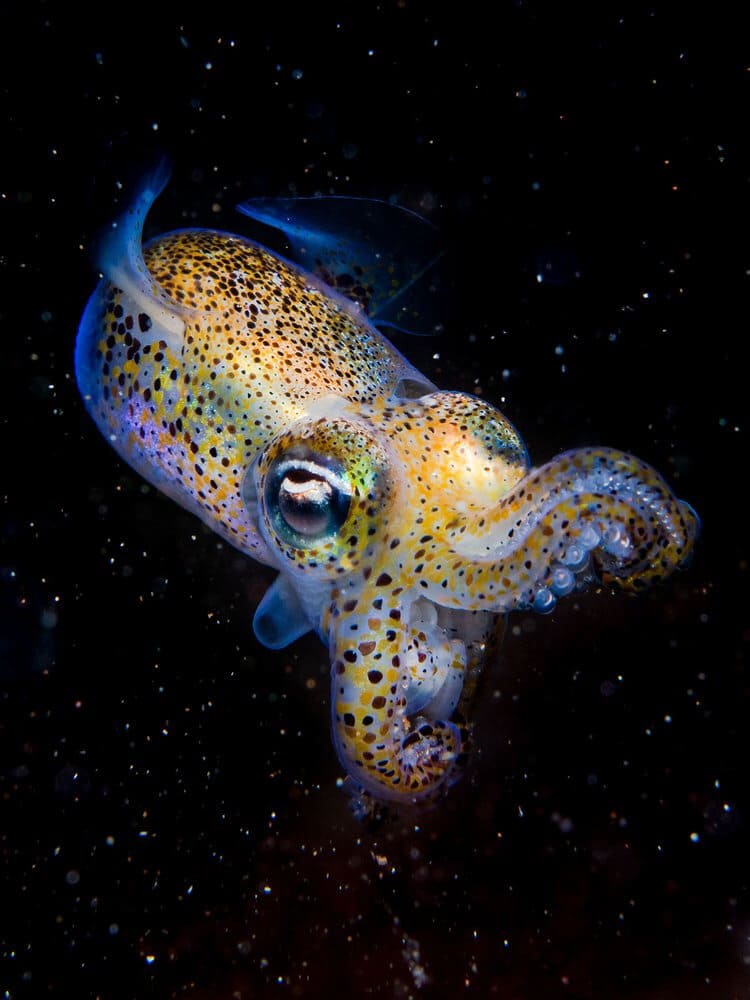 Image source: British Wildlife Photography Awards 2023
Image source: British Wildlife Photography Awards 2023
Coast & Marine: Runner-Up – “Alien Bobtail” By Kirsty Andrews
10.
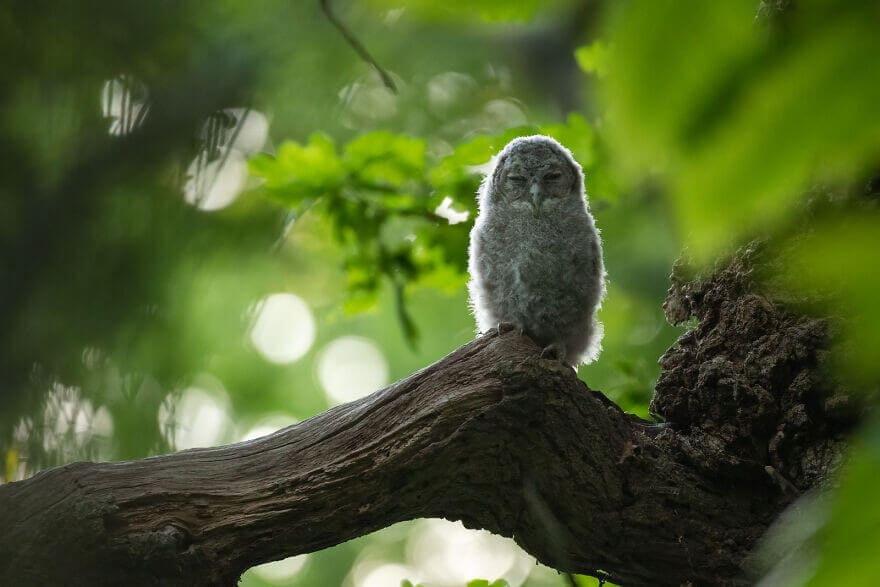 Image source: British Wildlife Photography Awards 2023
Image source: British Wildlife Photography Awards 2023
Rspb Young British Wildlife Photographer Of The Year: – “Branching Out ” By Billy Evans-Freke
11.
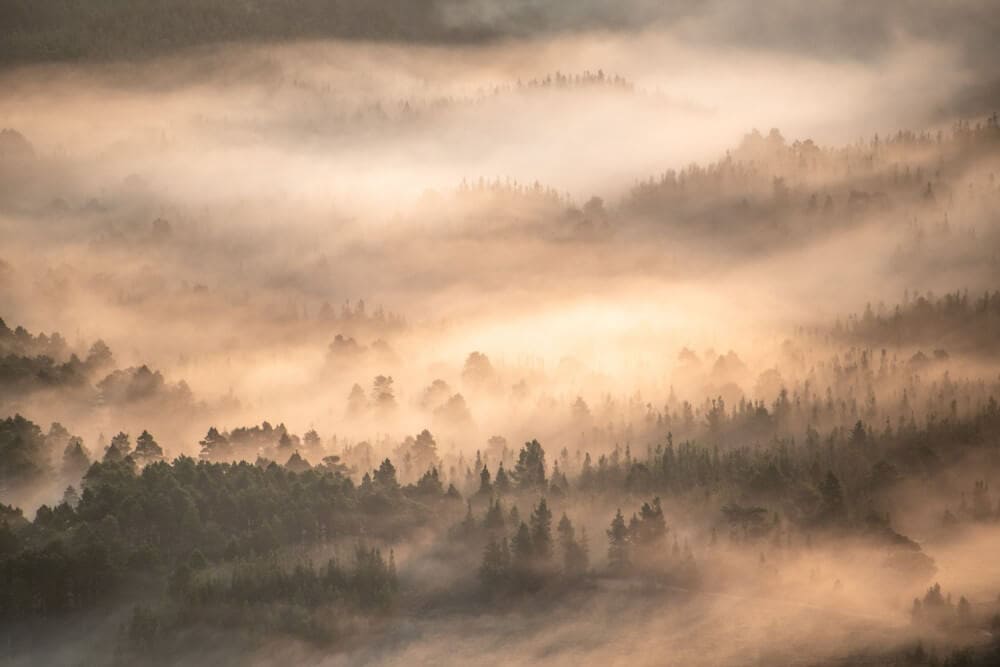 Image source: British Wildlife Photography Awards 2023
Image source: British Wildlife Photography Awards 2023
Wild Woods: Runner-Up – “Forest Dawn” By Graham Niven
12.
 Image source: British Wildlife Photography Awards 2023
Image source: British Wildlife Photography Awards 2023
Urban Wildlife: Overall Winner – “A Look To The Future” By Charlie Page
13.
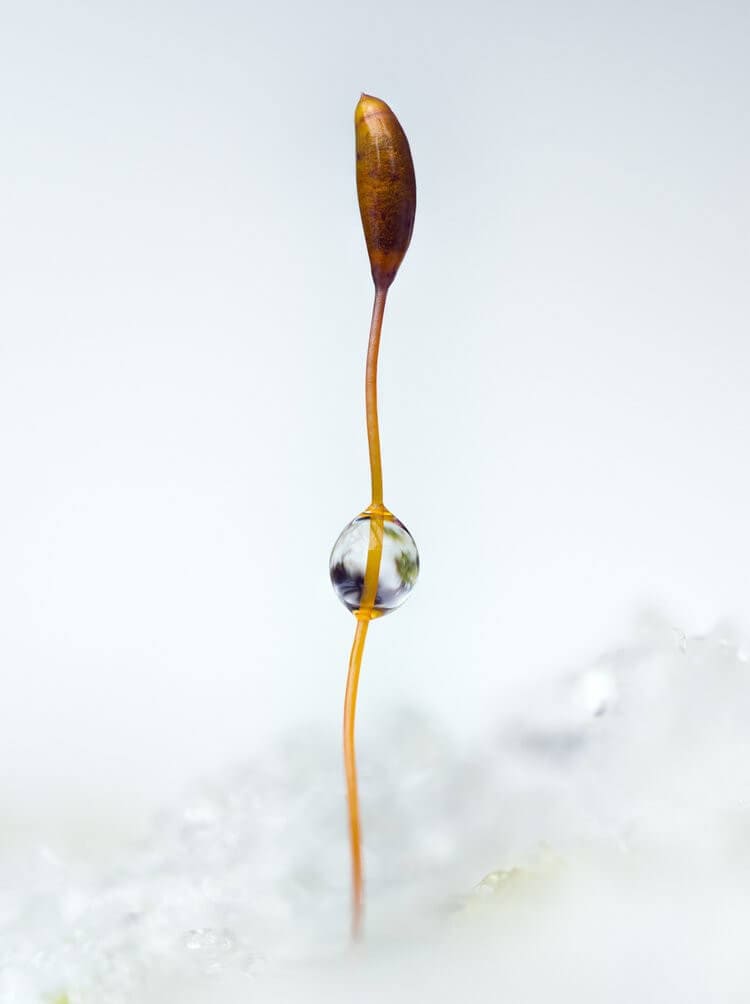 Image source: British Wildlife Photography Awards 2023
Image source: British Wildlife Photography Awards 2023
Botanical Britain: Runner-Up – “Snow Globe” By Geraint Radford
14.
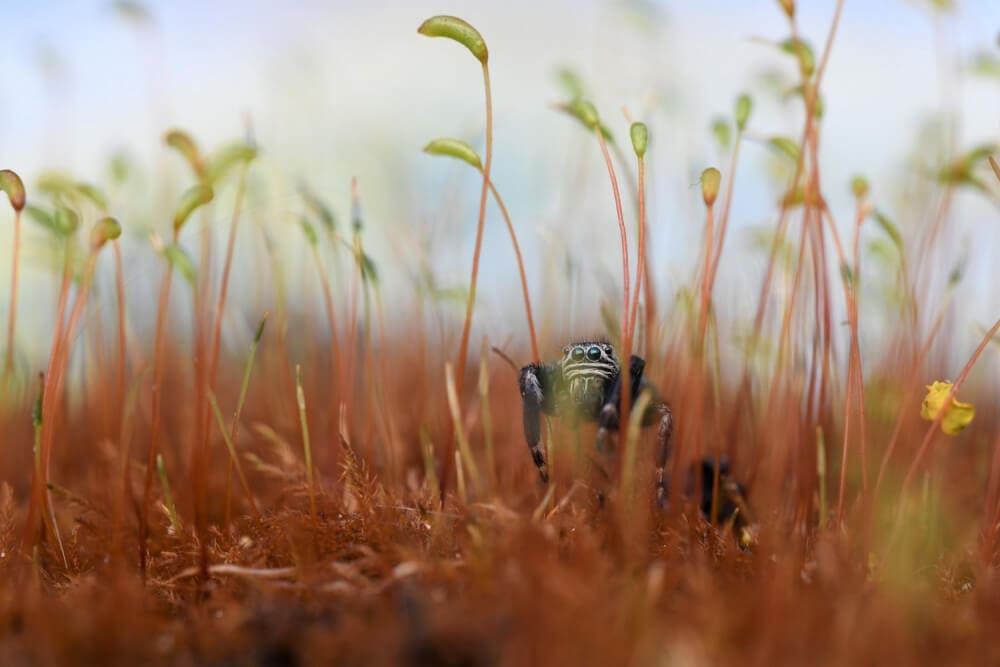 Image source: British Wildlife Photography Awards 2023
Image source: British Wildlife Photography Awards 2023
Hidden Britain: Runner-Up – “Metallic Jumping Spider In Moss” By Will Atkins
15.
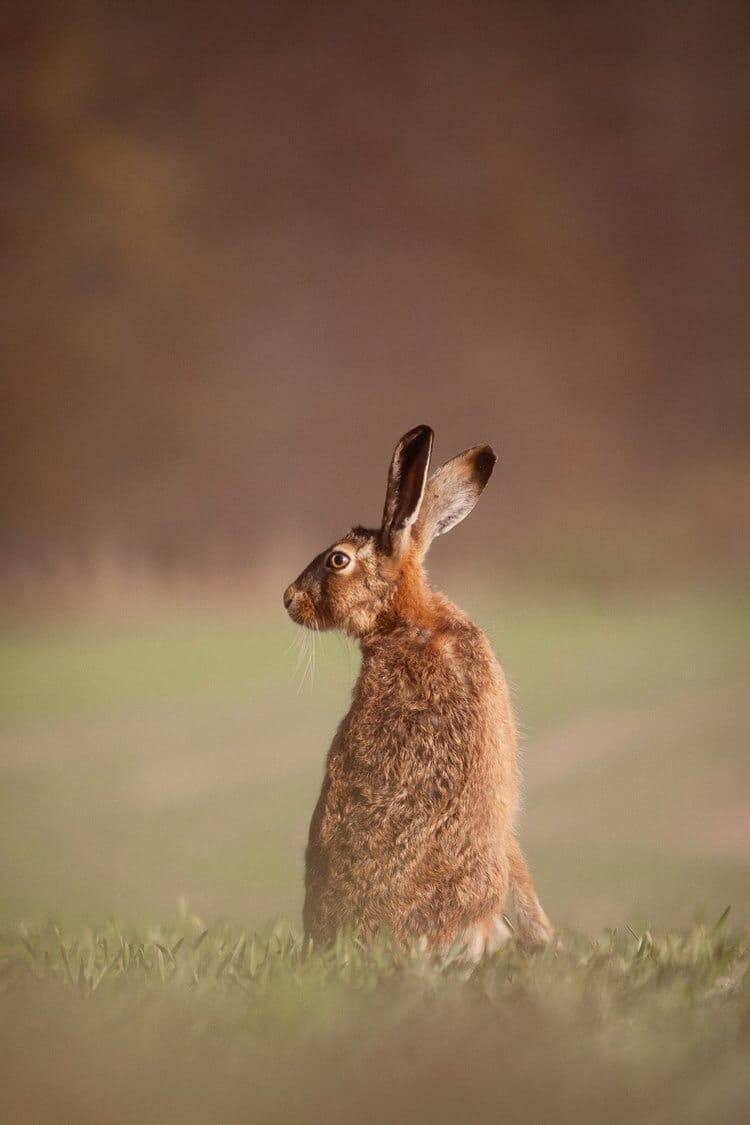 Image source: British Wildlife Photography Awards 2023
Image source: British Wildlife Photography Awards 2023
Rspb 12-14 Years: Winner – “What’s Over There?” By Felix Walker-Nix
16.
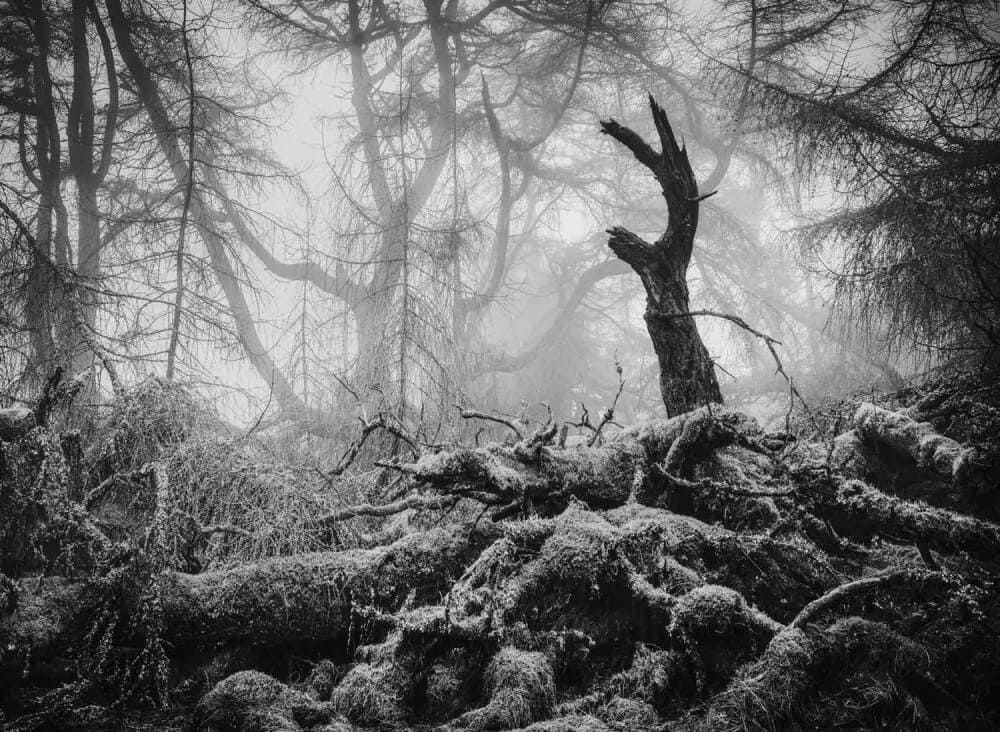 Image source: British Wildlife Photography Awards 2023
Image source: British Wildlife Photography Awards 2023
Black & White: Winner – “Great Mell Fell” By Matthew Turner
17.
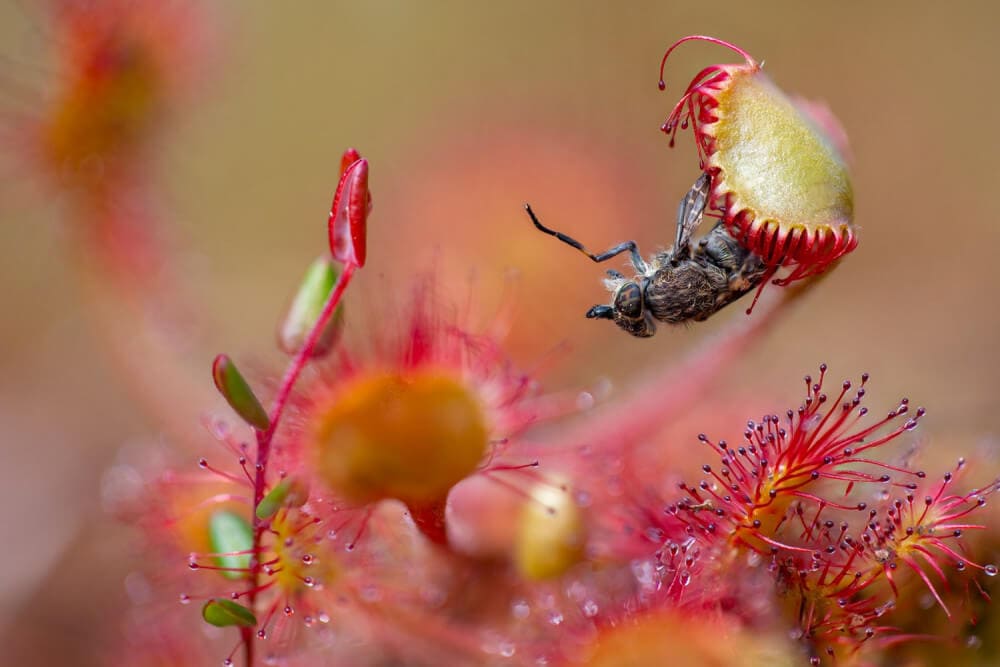 Image source: British Wildlife Photography Awards 2023
Image source: British Wildlife Photography Awards 2023
Botanical Britain: Winner – “A Poet’s Lunch” By Matt Doogue
18.
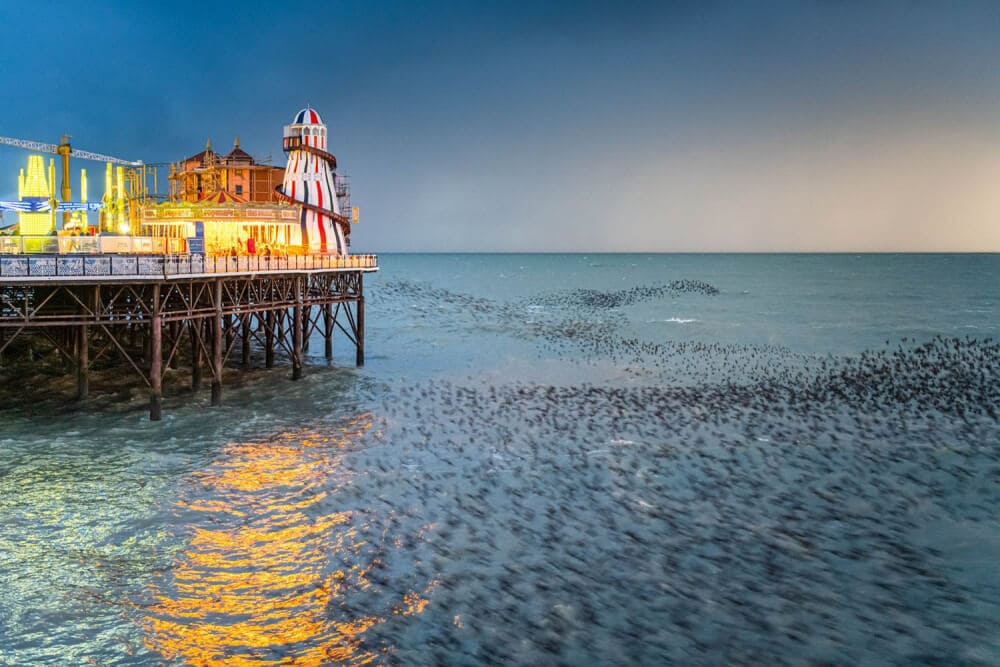 Image source: British Wildlife Photography Awards 2023
Image source: British Wildlife Photography Awards 2023
Urban Wildlife: Runner-Up – “Helter Skelter” By Matthew Cattell
19.
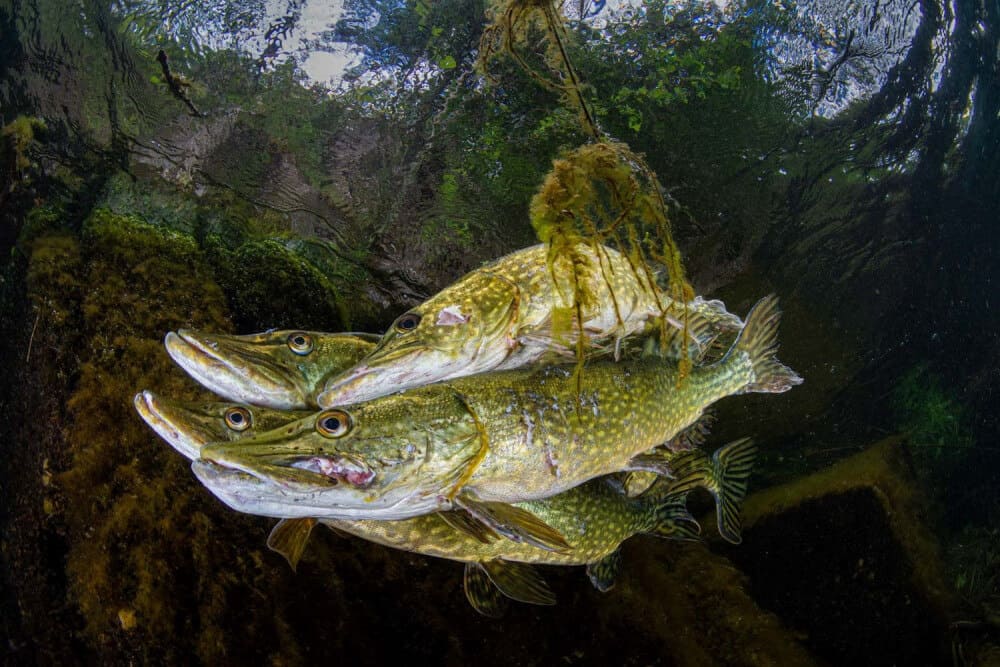 Image source: British Wildlife Photography Awards 2023
Image source: British Wildlife Photography Awards 2023
Animal Behaviour: Runner-Up – “Pike Courtship” By Robert Cuss
20.
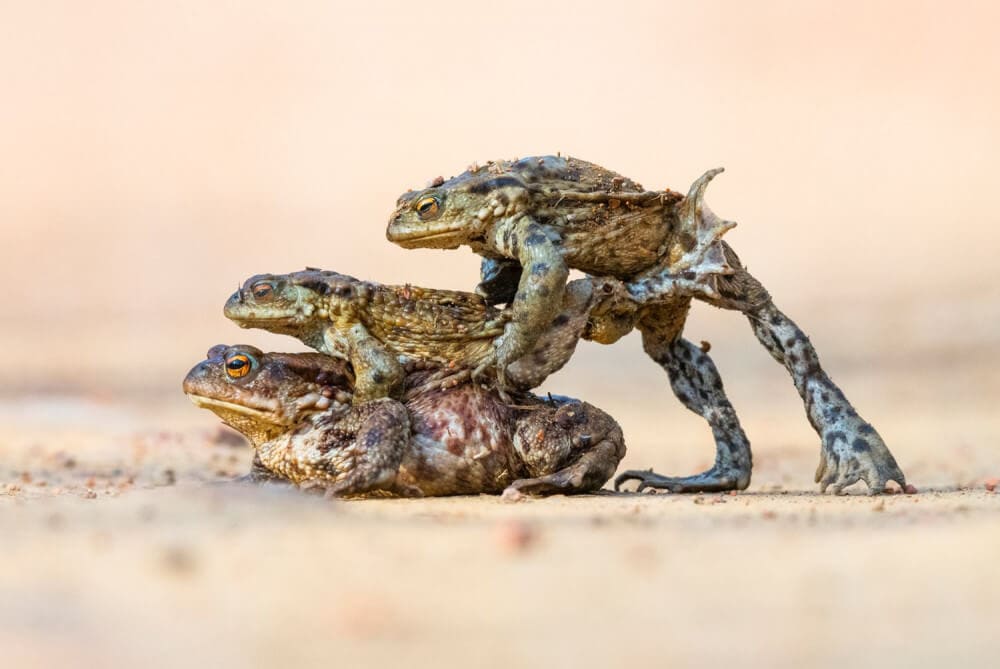 Image source: British Wildlife Photography Awards 2023
Image source: British Wildlife Photography Awards 2023
Animal Behaviour: Winner – “Hitching A Lift” By James Roddie
21.
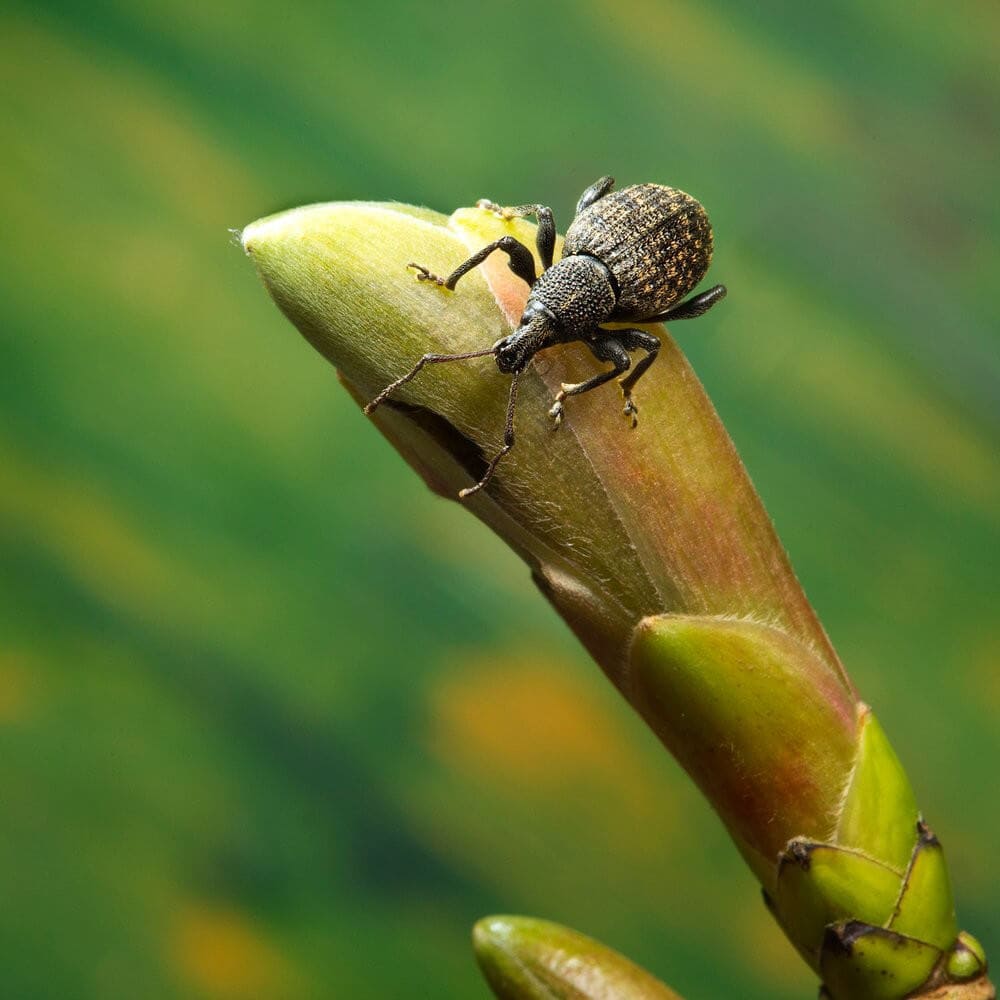 Image source: British Wildlife Photography Awards 2023
Image source: British Wildlife Photography Awards 2023
Rspb 11 And Under – “Vine Wevill” By Wilbur King
Charlie Page, a 28-year-old photographer, was chosen as the top winner for his captivating photograph of a fox gracefully navigating through the woods, earning him a grand prize of £5,000. Bored Panda reached out to Charlie for an exclusive interview, delving deeper into his background and the story behind his winning image. If you’re curious to learn more, you can find the complete interview here.
ANIMALS
Amazing Video of Unseen Ocean Creatures in the Ningaloo Canyons

The Schmidt Ocean Institute recently explored the Ningaloo Canyons on the western coast of Australia using a robotic underwater vehicle called the ROV Sebastian. Check out the amazing video of what they discovered in the deep parts of the Indian Ocean.
More info: Youtube




ANIMALS
These Pics Are Art and the Artists Are Insects

Flying insects move so quickly that they are hard to follow, but new technology and some smart ideas have helped Spanish photographer Xavi Bou do just that. After spending 10 years focusing on birds in flight for his Ornithographies project, he turned his attention to insects.
For Entomographies, he uses high-speed video footage taken by Adrian Smith, an insect expert at North Carolina State University, to study and record how insects move. Bou then picks multiple frames and combines them into single images that show the fast movements of one or more insects through space and time.
With Smith’s help, Bou has captured the aerial tricks of wasps, the jumps of leafhoppers, and the fluttering of butterflies in amazing detail. He hopes that by doing this, he can make people more aware of the decline in important insect populations around the world.
1. Zebra longwing
This butterfly, which is common in many areas of the Americas, really fits its name. It can fly very high with just a few flaps of its large wings.
 Image source: nationalgeographic
Image source: nationalgeographic
2. Two-lined spittlebug
This insect, which comes from the eastern United States, is often seen as a pest because it likes to eat grass. Its springy back legs can make it jump into the air like a rocket.
 Image source: nationalgeographic
Image source: nationalgeographic
3. Yellow-collared scape moth
Unlike most moths, this North American species flies during the day. Its shiny blue-black wings sparkle in the sunlight.
 Image source: nationalgeographic
Image source: nationalgeographic
4. Ailanthus webworm moths
These tropical moths have spread farther north in the U.S. Because of their larval host, the invasive tree of heaven, they are now one of the most common backyard moths in the country.
 Image source: nationalgeographic
Image source: nationalgeographic
5. Common stonefly
Mostly found in eastern North America, this insect starts its life as an underwater nymph in forested streams or rivers. Then it leaves the water, sheds its skin, and becomes an adult with wings.
 Image source: nationalgeographic
Image source: nationalgeographic
6. Green lacewings
Eighty-seven species of this insect have been found in the U.S. and Canada. Since they eat a lot of unwanted plant pests like aphids and mites, they are often used to naturally control these pests.
 Image source: nationalgeographic
Image source: nationalgeographic
7. Grapevine beetle
This insect, fittingly named, eats the leaves and fruit of grapevines, both wild and farmed, but it doesn’t do much damage to the plants. As a type of scarab beetle, it often flies in a curved path.
 Image source: nationalgeographic
Image source: nationalgeographic
8. Oak treehopper and green treehopper
Treehoppers are known for their uniquely shaped pronotum, the part behind their head, which often looks like plant parts to hide from predators. They can jump well thanks to special muscles.
 Image source: nationalgeographic
Image source: nationalgeographic
9. Banded orange
This brightly colored butterfly can be found from Mexico to Brazil. Before mating season, male butterflies look for mineral salts, sometimes even drinking salty fluids from the skin, eyes, and nostrils of other animals.
 Image source: nationalgeographic
Image source: nationalgeographic
10. Sapho longwing
Longwings can live for 6 to 7 months, longer than most butterflies. This type, found from Mexico to Ecuador, has shiny blue wings, which is why it’s also called the Sapphire longwing.
 Image source: nationalgeographic
Image source: nationalgeographic
ANIMALS
Eagle and Fox in an Epic Midair Battle Over a Rabbit, Were Captured by a Photographer

Wildlife photography often depends on the perfect combination of good timing and the right place.
That’s exactly what happened when Kevin Ebi, an experienced wildlife photographer, captured an incredible battle between a bald eagle and a red fox, both competing for a rabbit meal.
In a detailed blog post, Ebi shares the fascinating series of events that unfolded while he was photographing foxes in San Juan Island National Historical Park, located in Washington state.
Ebi noticed a lively group of eight fox kits as they began their hunting lessons. Suddenly, they spotted a rabbit, and a thrilling chase ensued. Eventually, one of the foxes emerged as the winner, proudly carrying the rabbit across the field.
 Image source: Kevin Ebi
Image source: Kevin Ebi
Ebi shares what happened at that moment: “As I followed the fox with my camera, a sudden bald eagle cry caught my attention. It was swiftly approaching, clearly aiming for the rabbit. I quickly focused on the fox, anticipating a quick turnover of events.”
To Ebi’s astonishment, instead of a quick surrender, the situation turned into a intense fight in the air.
The eagle used its power to lift the fox and rabbit high up in the sky. Even while airborne, the fox attempted to break free by swinging back and forth.
 Image source: Kevin Ebi
Image source: Kevin Ebi
 Image source: Kevin Ebi
Image source: Kevin Ebi
 Image source: Kevin Ebi
Image source: Kevin Ebi
In the end, the eagle moved the rabbit to its other claw, causing the fox to let go. The intense battle came to an end in less than 10 seconds.
 Image source: Kevin Ebi
Image source: Kevin Ebi
For those worried about the fox’s well-being after the fight, Ebi reassures that it was not injured. The fox swiftly bounced back from the encounter and resumed its playful behavior with the other young foxes, showing no visible wounds from the aerial clash.
 Image source: Kevin Ebi
Image source: Kevin Ebi
 Image source: Kevin Ebi
Image source: Kevin Ebi
 Image source: Kevin Ebi
Image source: Kevin Ebi
 Image source: Kevin Ebi
Image source: Kevin Ebi
-

 GARDEN10 tháng ago
GARDEN10 tháng ago4 Easiest Ways to Get Free Plants
-

 ANIMALS10 tháng ago
ANIMALS10 tháng agoBritish Angler Caught Huge 67-Pound Goldfish in the World
-

 FUNNY10 tháng ago
FUNNY10 tháng ago30 Weirdest Things That People Came Across On The Subway
-

 FUNNY10 tháng ago
FUNNY10 tháng ago30 Funny and Perplexing Photos That Make You Laugh All Day
-

 ANIMALS10 tháng ago
ANIMALS10 tháng agoKindhearted Driver Rescues Skinny Dog Hiding Near Highway Thanks to His Eagle Eye
-

 GARDEN9 tháng ago
GARDEN9 tháng ago30 Shimmering Side Yard Landscape Ideas
-

 FUNNY10 tháng ago
FUNNY10 tháng ago22 Design Fails That Will Make You Laugh Out Loud
-

 ANIMALS10 tháng ago
ANIMALS10 tháng agoMore Than 3 Million People Baffled by Video of Strange Figure on the Beach





